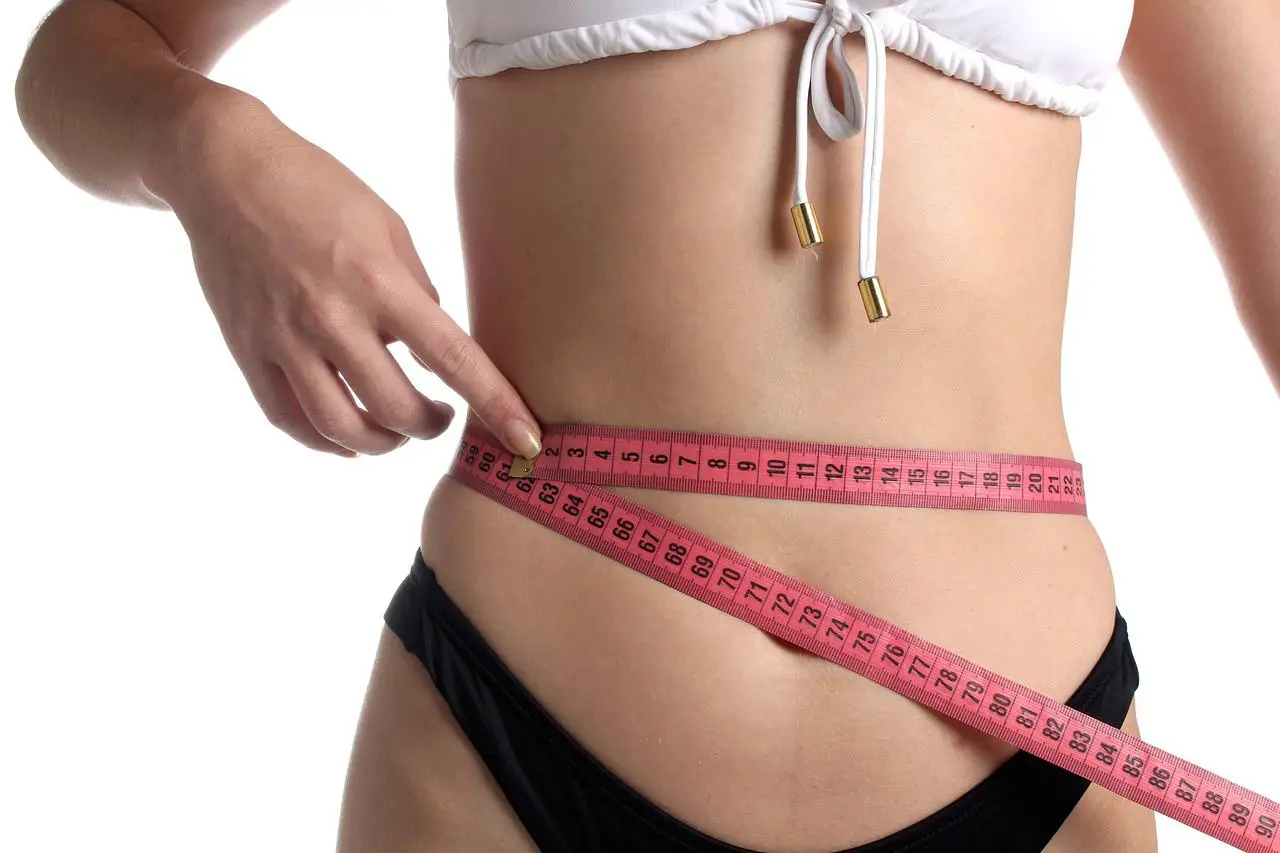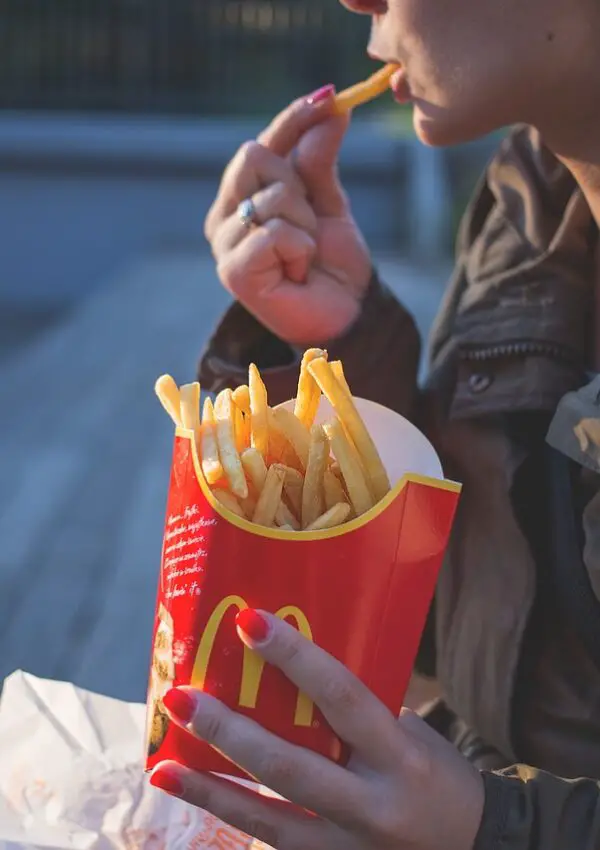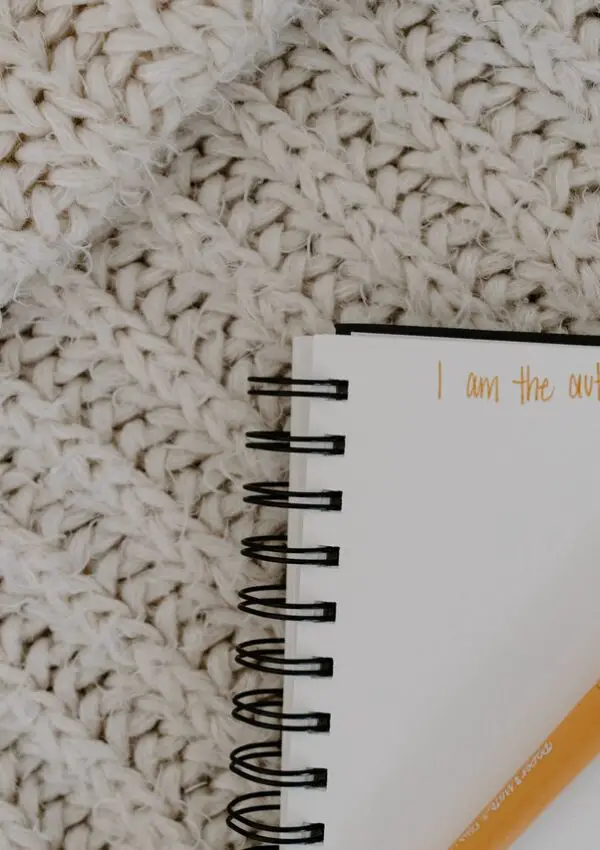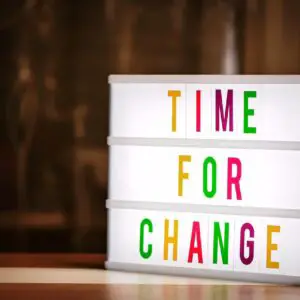
To start losing weight, one requires some level of commitment and sacrifice. While some people can change their lifestyle to accommodate a weight loss program on their own, many others require assistance. Some of the common ways to start losing weight include; exercising, reducing alcohol intake, and eating low-calorie, high-fiber foods such as fruits and vegetables.
Social support systems might aid in motivating and maintaining your development. Weight loss can lower the risk of heart diseases and stroke and other risk factors such as sleep apnea, high blood pressure, and high blood glucose.
This article will focus on the best ways to lose weight and the benefits of maintaining a healthy weight. Read on.
How to Lose Weight
The following tips can aid your weight loss journey;
Drink Lots of Water
People frequently confuse thirst for hunger. While what you truly need is water, you may eat additional calories that are not healthy.
Drink pure water or sparkling water with citrus, small servings of fruit juice, or low-fat milk to quench your thirst.
Have Your Breakfast Daily
Skipping breakfast does not help your weight loss. You will only be missing out on essential nutrients and may eat more throughout the day. You can start the day in a nutritious way by having a low-fat dairy with a bowl of cereal.
Eat Regularly
Eating at regular intervals can help burn more calories. It also minimizes the desire to snack on high-fat, high-sugar foods. Spread your meals to three-hour intervals throughout the day and follow the recommended portions for best results.
Eat More Veggies and Fruits
Fruit and vegetables are low in fat and calories and high in fiber – three key elements to lose weight. They’re also high in minerals and vitamins.
Start your meals with vegetable salads. Stock up on fruits and veggies and incorporate a couple of servings at each meal. Doing that ensures your diet is loaded with vitamins and fiber.
Be More Active
Losing weight requires physical activity. Exercise can help burn the excess calories you can’t burn through diet alone and deliver several health benefits.
Get a pedometer and progressively increase your daily steps until you get to 10,000. Make every effort to become more active during the day.
Use Small Plates
Small plates can assist you in eating smaller servings. You might be able to eventually get used to consuming smaller portions without becoming hungry if you use smaller dishes and bowls.
Also, you will not feel deprived as the food will appear to be abundant in small dishes. The stomach takes around 20 minutes to signal the brain that it is full, so eat carefully and quit eating before you get satisfied.
Avoid Stocking Junk
To avoid temptation, keep junk food like chocolate, cookies, crisps, and sweet drinks out of the house. Choose healthier snacks like fruit, oatcakes, unsalted rice cakes, unsweetened popcorn, or fruit juice.
When you go to restaurants, avoid the temptation of overindulging in the junk. When going to parties, have a healthy snack beforehand to avoid being hungry, and fill your plate at the buffet with caution. Wait for at least 20 minutes before returning for more food and drink a large glass of water.
Make a Meal Plan
Planning your meals can benefit you when done properly. It can help you achieve the required calorie deficit for effective weight loss while supplying your body with the nutrients it requires to function and stay healthy. Plan all your meals from breakfast to dinner for the whole week, including snacks.
Reduce Alcohol Intake
A typical glass of wine has about the same calories as a chocolate bar. You can experience weight loss benefits by eliminating or moderating your alcohol usage, including significantly lowering your daily calorie intake.
Check Nutrition Labels
Food labels can assist you in choosing products and keep track of how much fat, salt, and refined sugar you consume. You can find a nutrition label on the back or side of most pre-packaged foods.
Understanding how to read these labels can assist you in making healthier choices. Calculate how particular foods fit into your caloric intake allocation on the weight-reduction plan using the calorie information.
When Do You Start Losing Weight on Keto?
Individual weight loss involves far too many variables to forecast how long it will take to lose weight with any precision. You’ll need to maintain a daily caloric deficit of roughly 500 calories. After 10 to 21 days, you should observe noticeable weight loss.
The ketogenic diet is a very low-carb diet that prioritizes high fat ingestion and moderate protein intake at its most basic level. Some people who follow the ketogenic diet prefer eating a lot of meat and veggies. Small complex carbohydrates, such as those found in fruits, vegetables, and whole grains, are normally permitted.
Some foods you can eat to lose weight on keto include; cauliflower, eggs, lean meat (poultry), spinach, fish, cottage cheese, nuts, and celery.
Where Do You Start Losing Weight First?
Weight loss is usually most visible early on in places with minimal fat, like the clavicles.
Women usually lose weight all over, with the abdomen, breasts, and arms losing the most fat. Their lower body is usually the last place they lose weight (hips and thighs).
Men lose fat from their torso first, then their arms, and finally, their legs, depending on their body structure. While males are more likely to store belly fat, it is one of the first places where they shed it. As a result, men are less likely than women to suffer from “stubborn” fat.
How to Start Losing Weight at Home
Some exercises you can do at home to lose weight include;
Circuit Training
Complete a set of 15 reps of full-body movements such as pull-ups, lunges, and push-ups. Remember to jump rope for a minute after every activity. Doing this should enable you to burn 500 to 600 calories during each session.
Bicycle Crunches
Lie down on your back with your legs stretched out and your arms by your sides. Lift your shoulders and upper back off the ground by placing your hands behind your head. Bend your left knee then raise it to the chest, while also moving the right elbow toward the center.
Do Some Cardio
Especially at a greater intensity, such as fast-paced running, Cardio is one of the most effective calorie burners.
Cardio burns fat by increasing calorie burn, and is mostly expelled through the lungs as gas. A combination of high-intensity interval training (HIIT) and strength training is the most effective strategy to lose weight.
Final Thoughts
In your weight loss journey, your results will differ based on your body. The calorie balance required to maintain or reduce weight varies greatly from person to person. To achieve that negative calorie balance (burning more than consuming), you have to become more active.
Losing weight takes commitment, and keeping the weight off is also not easy. However, even a slight weight loss of 5 to 10% of your body weight can result in health benefits such as lower blood pressure, lower cholesterol, and lower blood sugar.
So, even though the main goal appears to be large, consider it a journey instead of a destination. Learn new food habits and engage in physical activities to have a healthier lifestyle. These behaviors may aid in weight loss maintenance over time. Make these habits a lifestyle as you enjoy life. After all, it’s not a punishment.






